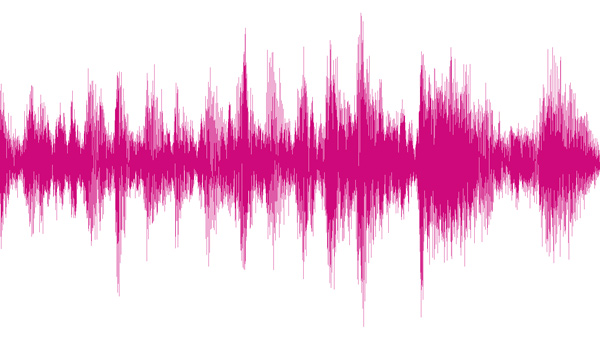Sound
In addition to dialogue the soundtrack may contain several elements, each of which contributes to the telling of the story.
- Sound effects - added sounds related to the action or to add to the general atmosphere, music which can be used to express mood in a scene or to indicate where actions might be about to lead, (think Jaws) dialogue and voice over, and silence which can make a huge impact on the feeling or atmosphere created, often adding emotional tension or emphasis.
- Music can make us jump in fear, bite our nails with suspense and laugh or cry. Music can bring a film to life.
As I listen or watch I can compare and contrast different types of text - Curriculum for Excellence Literacy Outcomes
Different approaches to sound
For example, soap operas are dialogue driven. They are recorded in carefully controlled environments, but they strive to create a realistic background for the action. Sound effects are used subtly, as part of the story, a baby crying, say - or to add atmosphere to different scenes, like pub scenes. Music is only used at the beginning and end, or where the characters hear it - a teenager's headphones, a radio in a cafe and so on.
In contrast to this, short animations sometimes have very little or no dialogue at all. All the sound is created and matched to the picture separately, whether it's a footstep or a bird tweeting, a car starting or door creaking, a rocket launching or magic being sprinkled! Music fills the film, carrying the story along. Additional sounds such as boings or pops punctuate the action. Styles of animation vary enormously and the soundtrack will reflect this.
Learning about sound is a great way to begin. It immediately gets the class thinking about how the different elements of a film work together, and separately, to tell the story, to convey meaning and intensify emotion.
Viewing activities
Watch the music and opening titles. Discuss the type of film the pupils expect based on the opening music.
Discuss the music during the film - for instance it may be creating an atmosphere or conveying a characters feeling. The music may change in speed or style - discuss the effect this creates Sometimes music may hint at what is to come. Remember silence can play an important role too!
Follow on activities
- Cover screens and listen to the soundtrack only - can you tell what is happening? Draw any objects you think you can hear.
- Discuss the general atmosphere of the film. Now watch the film with the sound turned down. Does the atmosphere remain?
- Take a previous description of a setting you have written - can adding sound descriptions improve that description.
